The Itchy, Tasty Spooktathlon: Forever Lost Episode 2
By Mento 0 Comments
To celebrate Halloween this year, I'm playing through a bunch of horror games that were included in the Itch.io Bundle for Racial Justice and Equality from a few months back. The goal is to play and blog one of these horror games every day until the 31st; I've deliberately picked shorter ones to make this work. Each will be rated on their overall quality and "spookosity" in what I'm sure will be a very clinical critique. Let the chills commence!
October 30th

- Game: Forever Lost: Episode 2
- Developer: Glitch Games
- Release Year: 2013
- Available: Itch, Steam, iOS
Welcome back, Forever Lost. We last encountered this escape room adventure game series in Indie Game of the Week (IGotW 183) and after that blog went up I got a nice tweet from the developers, and you better believe it takes the smallest amount of positive encouragement for me to go all-in on your video game franchise. Forever Lost Episode 1 took place in a subterranean insane asylum, creating an elaborate breadcrumb trail of puzzles and items that eventually saw you ascend to the surface above. Forever Lost Episode 2 is here to tell you that the bean-scrambling torture has only just begun: the surface has even more puzzles waiting for you.
There is an overarching story to Forever Lost, sorta, as this episode reveals more about your possible identity and even more implicitly towards why this is happening to you. These snippets are spread across the game's much larger map, which starts at a large estate and progresses into another unlikely subterranean location: a highschool, complete with laboratory and gym, which is hinted as the place where you were educated and presumably transported brick by brick to its present location. In addition to the general sinister atmosphere of being trapped in some insane genius's mindgame, Forever Lost Episode 2 also tries its hand at a few legit if incongruous jumpscares, which I appreciate because the playthrough was starting to feel malapropos to this whole Halloween theme I've got going on here.
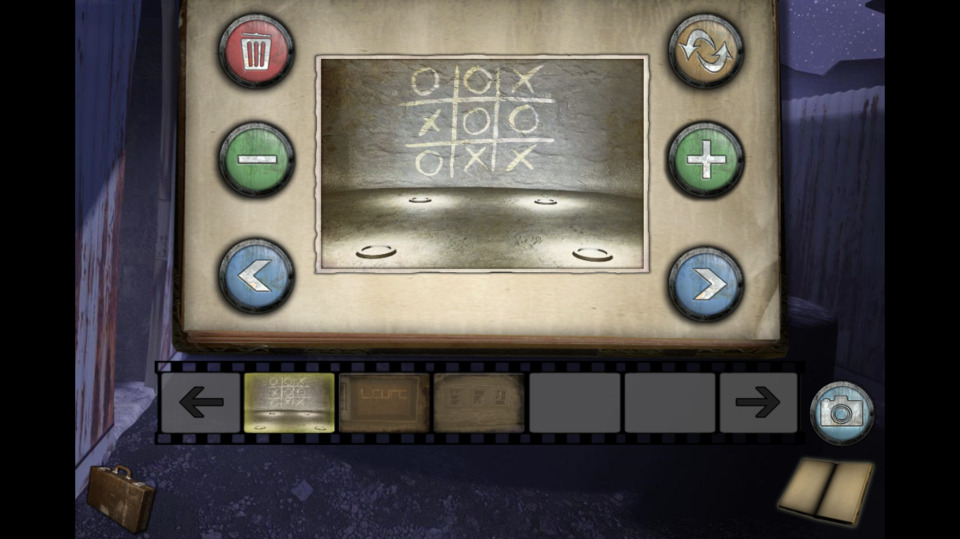
As before, your chief ally in this confusing mess is a handy camera and photo album: you can take pictures of anything that looks like a hint, be it a hieroglyph or a set of color bars or a code in Roman numerals; the album then allows you to scribble notes on top of the images you've saved if you need a little more thinking time to put their usage together. It's more important in this game, since the map is so large and you're likely to find clues to puzzles you won't solve until an hour later. Forever Lost continues its bizarre flights of fancy, including an interactive DVD menu and two games-within-a-game that - somehow - allow you to carry items out. The chief collectible here are puzzle pieces: there's a door on the second floor of the house that needs sixteen of them, and many of the puzzle chains eventually culminate in one or two of these pieces. I found myself revisiting that door many times just to keep my inventory from over-cluttering.
Forever Lost Episode 2 is still a touch on the buggy side, unfortunately. There's many glitches (the developer's name may have been a self-fulfilling prophecy in retrospect) and I managed to crash the game a few times trying to mash some proverbial square pegs into round holes. Other issues include odd formatting for photos in the album - any pictures taken while the UV light was active, for instance, resulted in a larger image size that broke the album slot's frame - and I accidentally cloned a few key items which just sat around in my inventory unneeded. It's also pretty slow to move around, which becomes a bit more of a problem when you've expanded the size of the world and have no fast travel options, and the lag between when you clicked an exit and when it made the transition led to the whole thing feeling clunky. Not that lag is usually all that important in an adventure game like this, except the developers did decide to include at least one timed puzzle this time around.
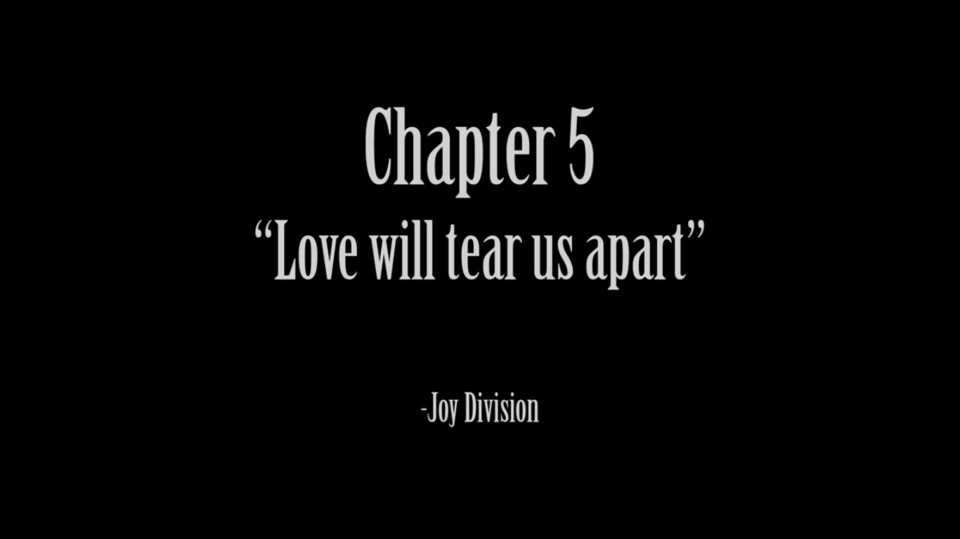
Overall though, while it's less polished than the throng of identi-kit hidden object puzzle adventure games on Steam, it has a certain lo-fi early-00s charm to its presentation, it's a fan of the occasional dumb joke or overly literal clue, and I can't help but get swept up in a multi-stage dopamine kick when I solve something to find an item that lets me solve another puzzle, which then gets me an item that leads to the solution of a third puzzle that I'd been confused about for a while. Half the time you're gliding through this game - if you've already located the draughts board, it's obvious where the draught pieces you just found will go - but the other half of the puzzles require some experimentation or lateral thinking before they click, and it's rewarding when they do. It even has a comprehensive hint system if you're truly and forever lost: almost 180 of them, in fact, each of which gets ticked off as complete once you hit the right trigger so you're not left reading through a whole walkthrough to find just one tidbit that can re-establish your puzzle-smashing momentum.
Besides wishing it was more stable, had more necessary quality-of-life touches (it does at least auto-save after every screen transition), and maybe had a bit more going on in the looks department, I can't find myself disliking this slightly ramshackle adventure series or the way it regularly respects your intelligence (or, more often, your capacity for remembering odd little details). Even though I'm a bit mentally enervated right now, I'll probably check out Forever Lost Episode 3 before too much longer.
- Quality: 3 Stars.
- Spookosity: 2 S.T.A.R.S.


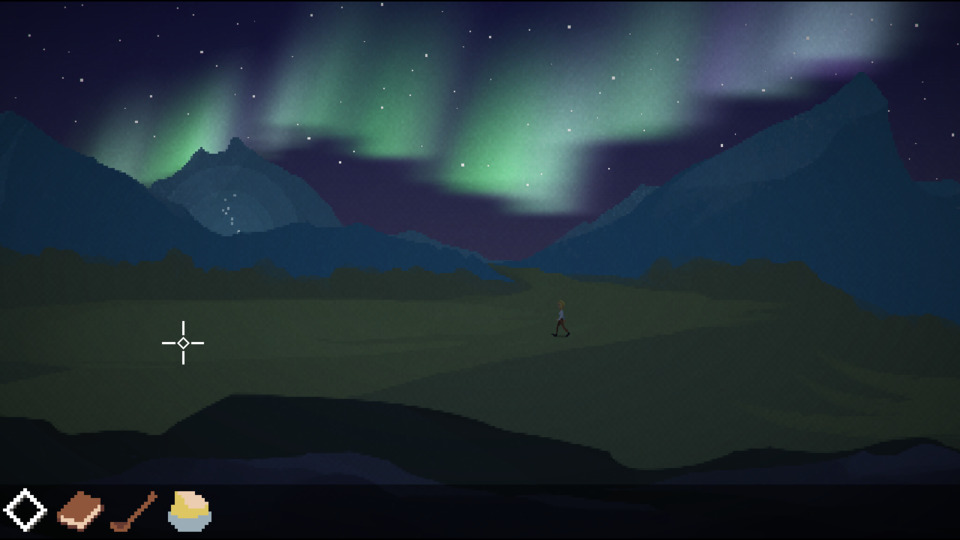

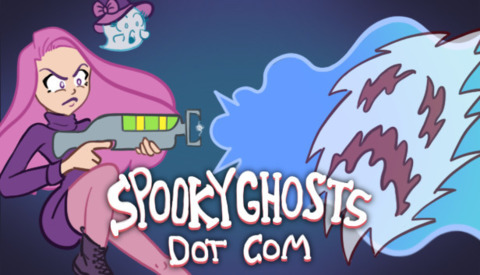
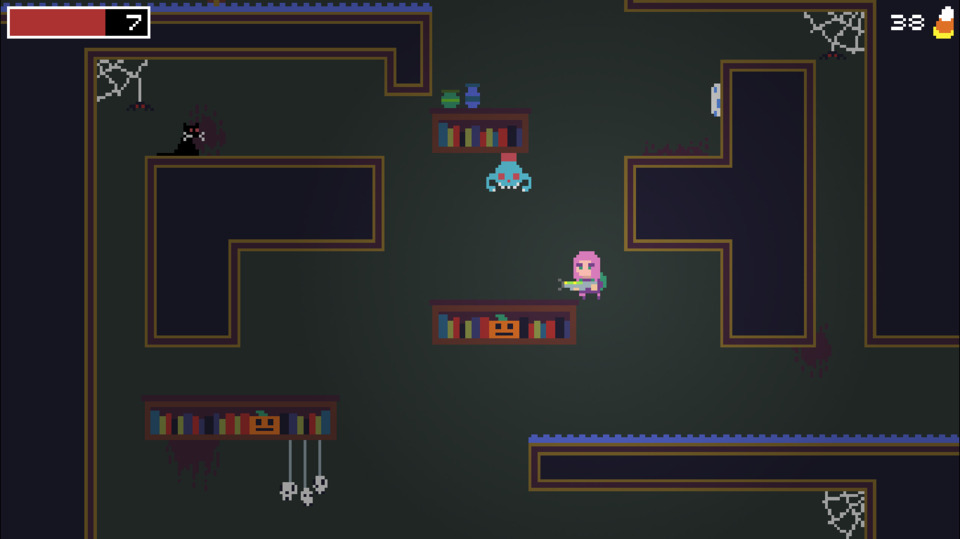
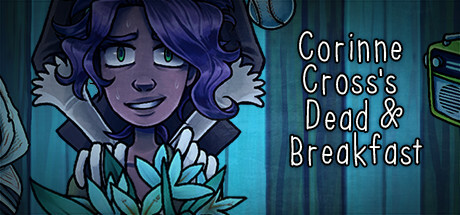

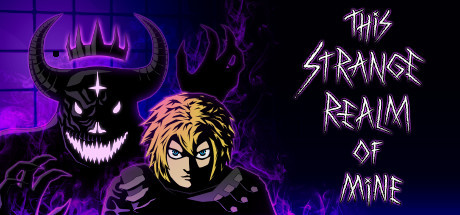
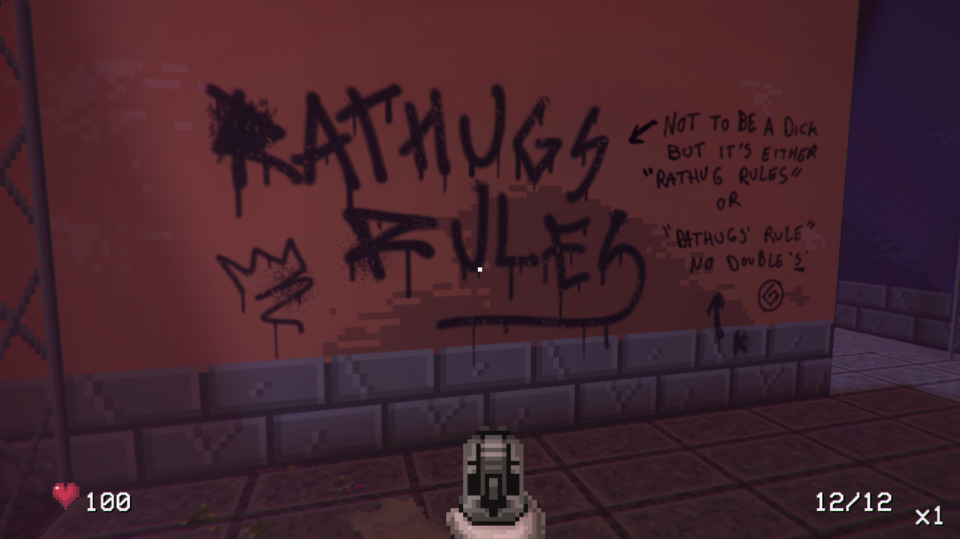

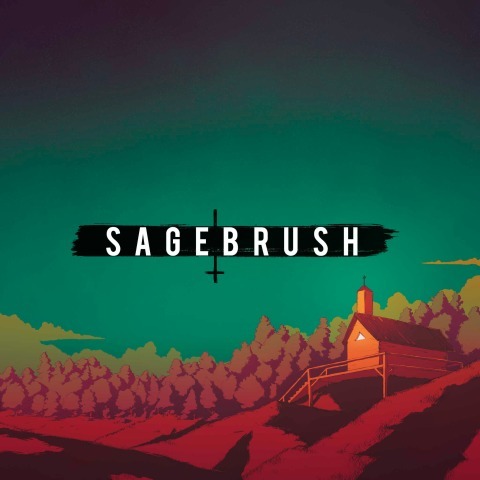


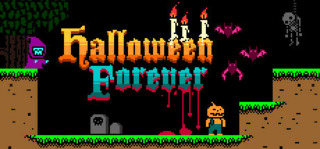
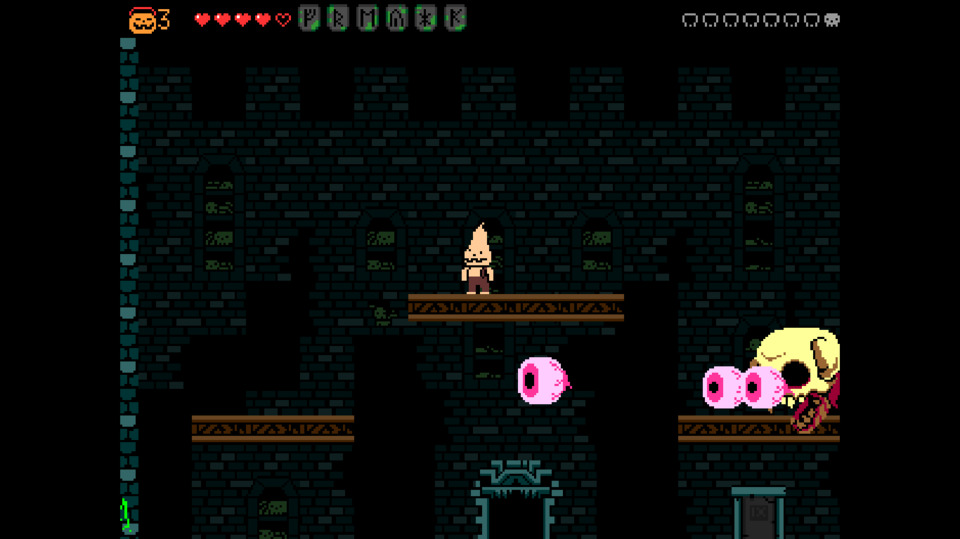
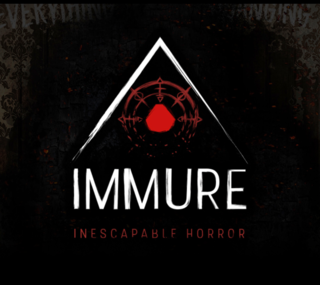
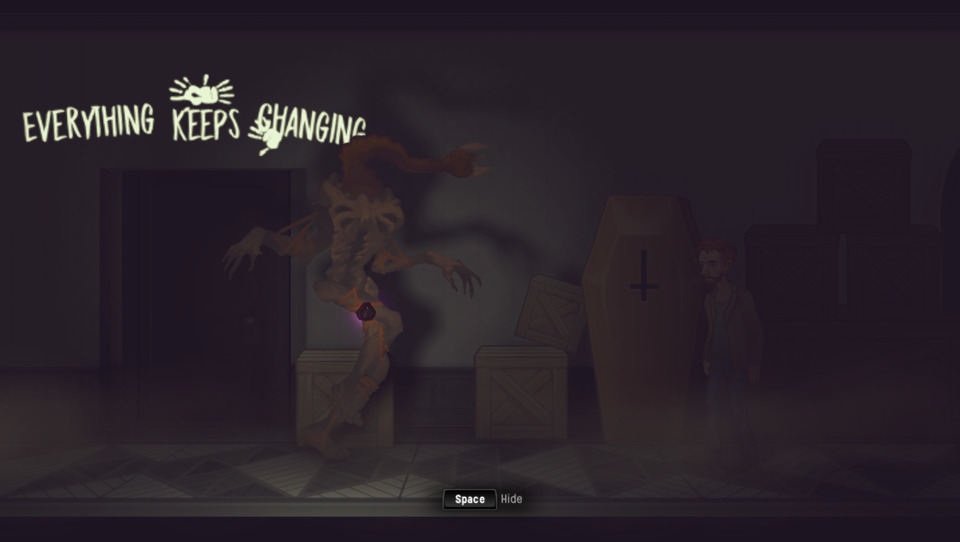
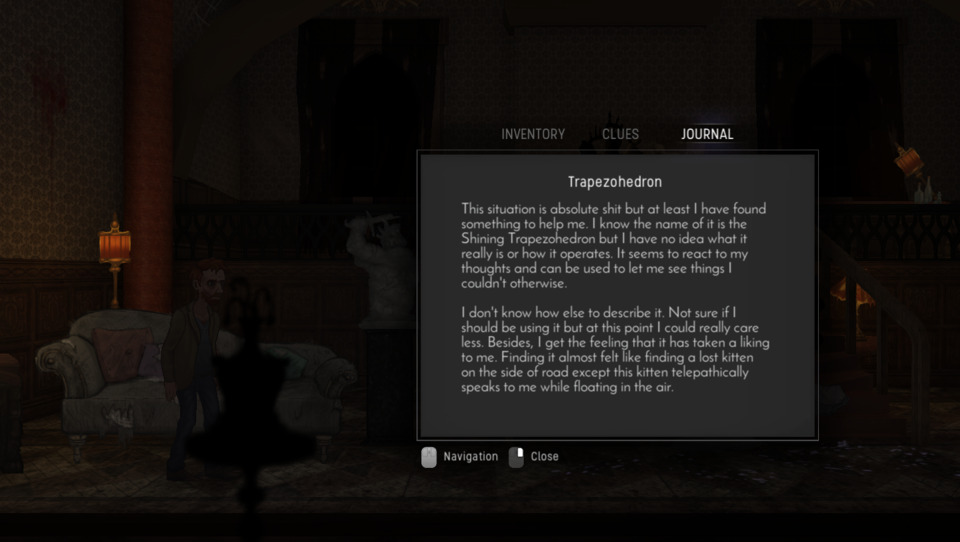
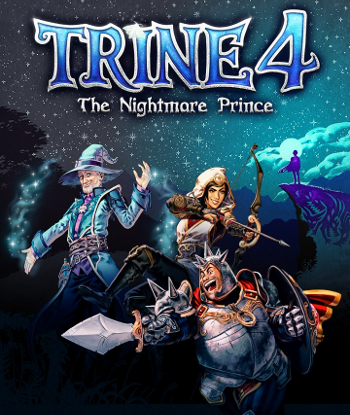
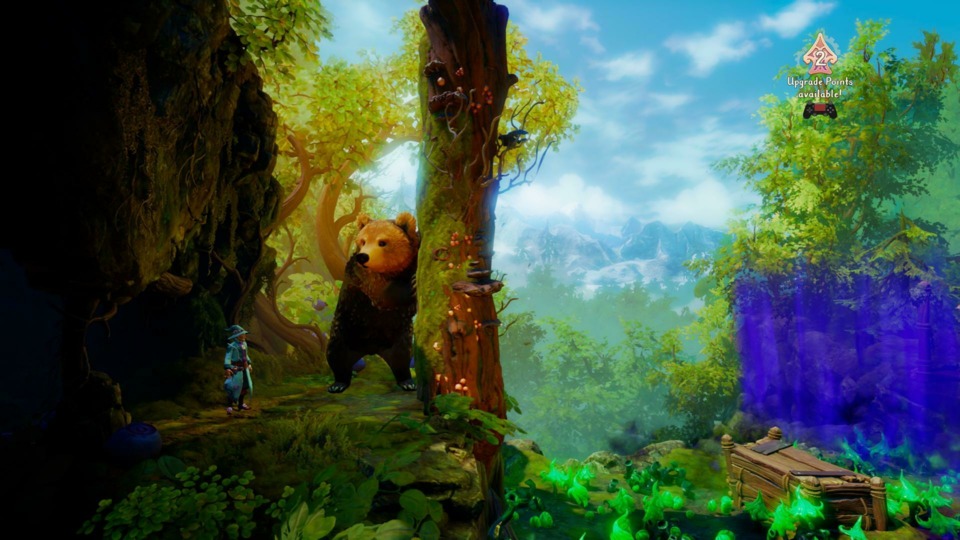
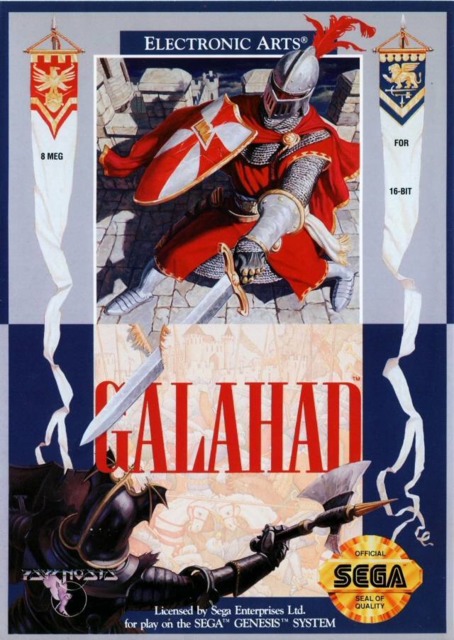
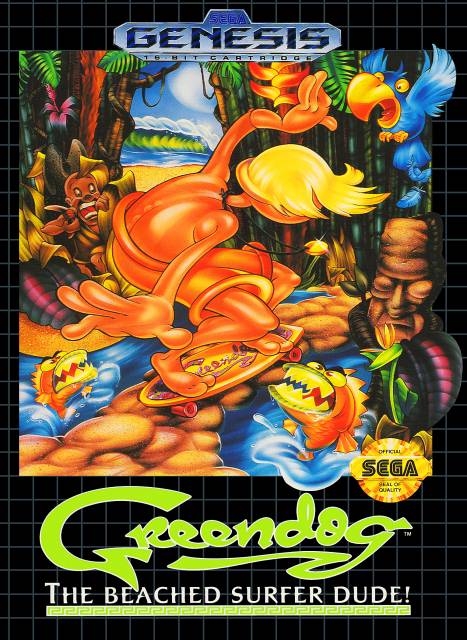
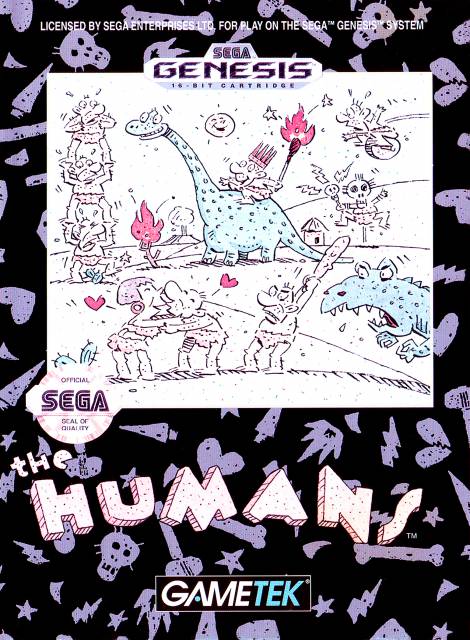
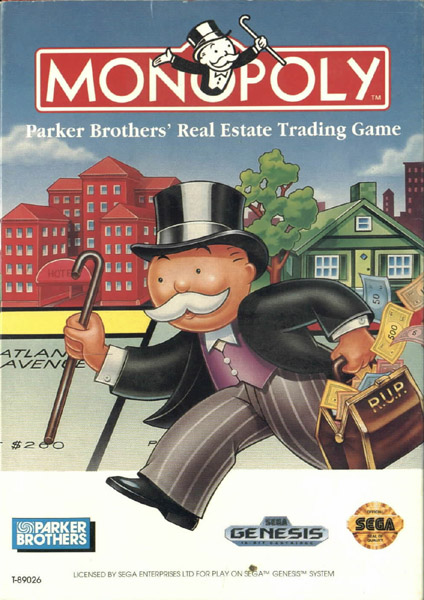

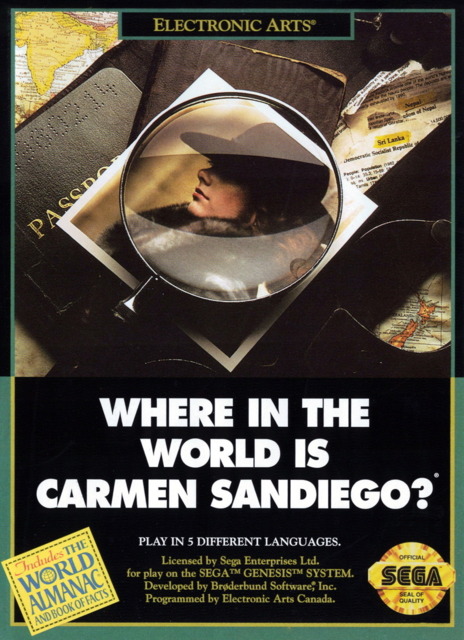



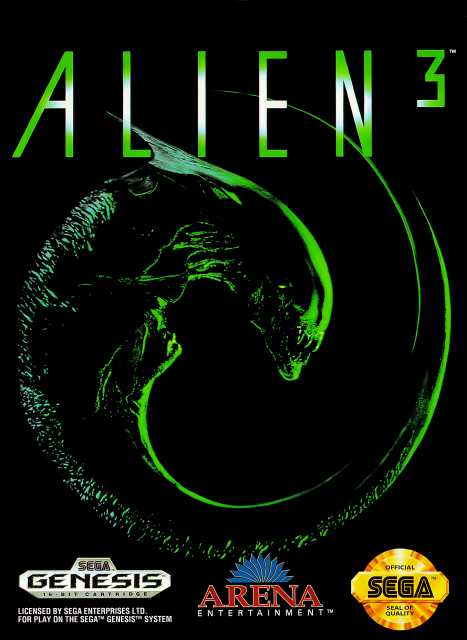
Log in to comment